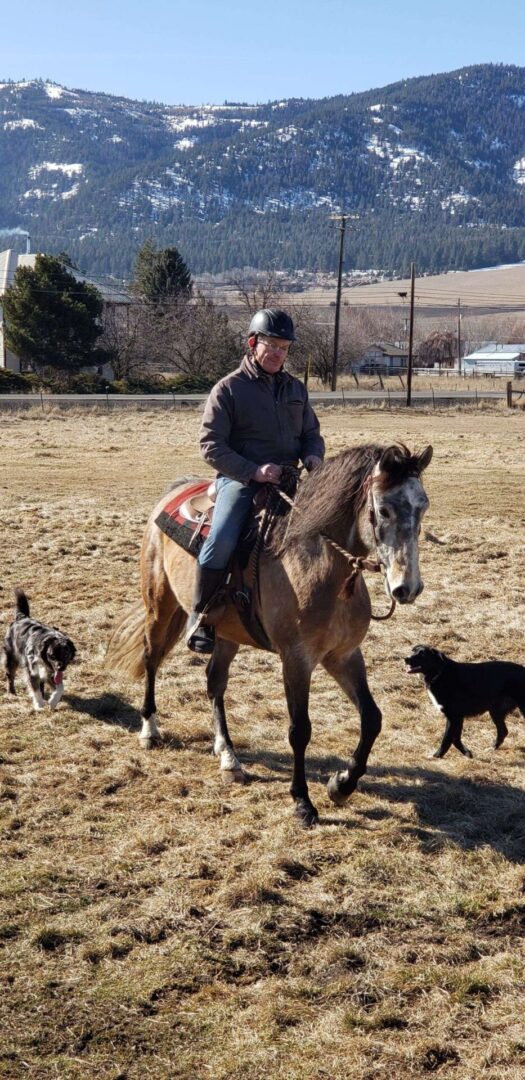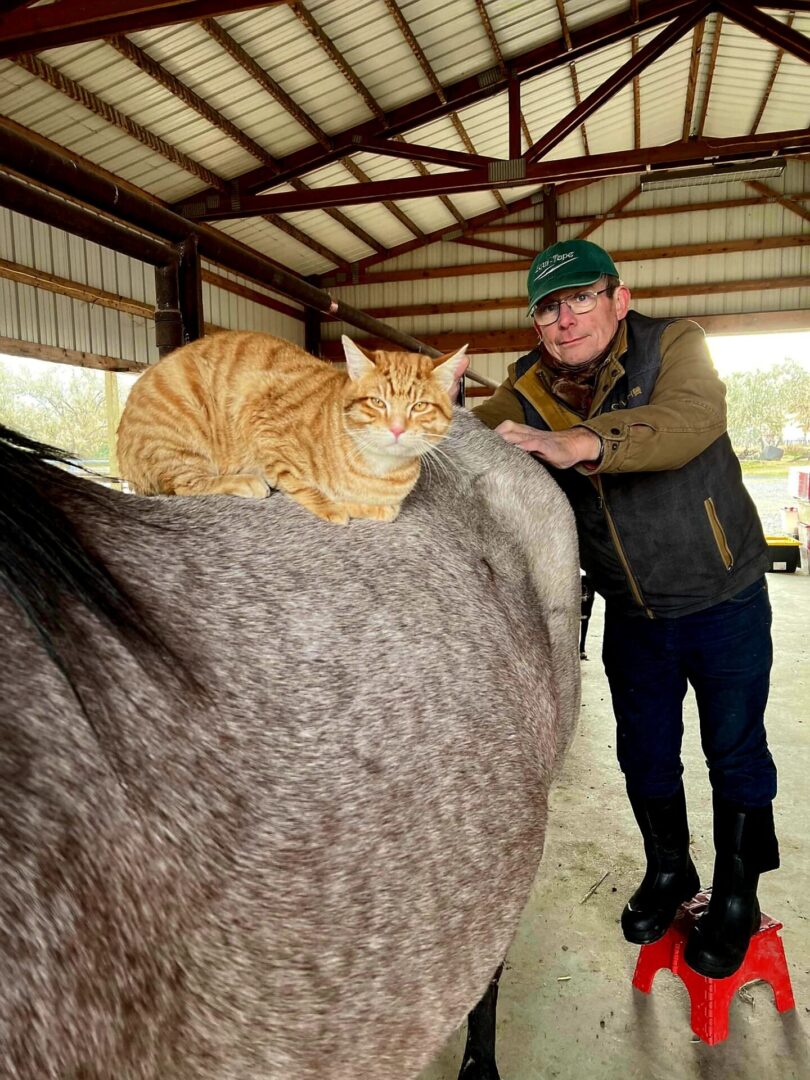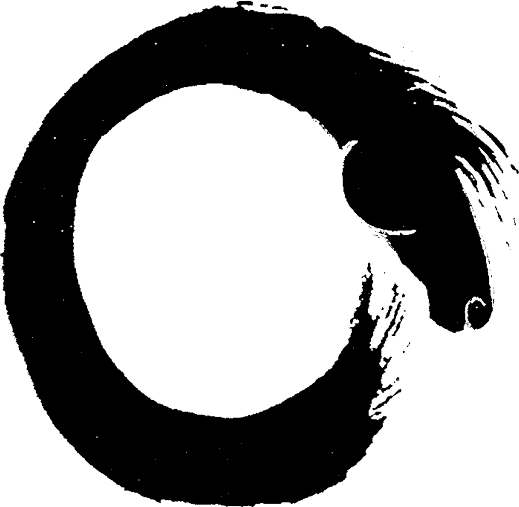
Healing Horses
Giving voice to the unheard.
Further thoughts on healing and energy work.
Throughout the ages, humans and horses have shared an unequal bond. Humans have used the size, strength, intelligence, speed, and loyalty of horses for transportation, freight, food, and war, while horses have received very little in return. Until the 1800s, horses were integral to almost every endeavor, contributing to the ‘progress’ of the human race. In return, they have been dominated, slaughtered, sold, traded, and cajoled by their owner and trainers. And yet, they endure with an innate grace, dignity, and magnanimity. In many respects, their position is not unlike many groups of people throughout history. Even today, horses have found themselves functionally voiceless, not because they had nothing to communicate but because others either couldn’t or didn’t want to listen.
One of the issues in today’s diverse world is that different cultures express their needs differently. When we see our horses as a different culture, it allows us to bring our understanding and empathy to address questions that traditional vet and training approaches can’t answer. In a similar manner, an upright bi-pedal predator also sees the world and his/her needs differently than a horizontal, quadrupedal prey species like the horse. But the underlying truth is that both these groups, humans and horses, have the same basic emotions fueled by the same basic needs. By definition, learning this subtle, wordless communication with horses is not an intellectual endeavor but an experiential, visceral one. Horses exist at the moment. They understand and respond directly to the provision or removal of their basic needs. Understanding this is critical to effective long-term rehabilitation.
Another less tangible benefit is that this type of contact with horses connects us with an older, slower, more interdependent understanding of the earth we depend on. It is a visceral understanding of wholeness that makes healing deeper and more effective.
Bodywork and Qigong
When we look at the upper echelons of any of the various equestrian disciplines, there are a few horse and rider teams that make it look effortless. There is a joy and a connection between the horse and rider that we notice, even if we can’t define it.
What do they have that many of us only get glimpses of? Feel, connection, willing partnership, and ‘going with your horse’ are ways that many clinicians have described it. While some people have it naturally, for the rest of us, it can be learned. Learning the feel goes beyond technique. It’s a matter of becoming aware of our horses and ourselves and becoming aware of the reality of what we really communicate to our horses through our body language, body position and focused intention. The feel starts with becoming aware of what the horse actually hears, as opposed to what we think we are saying. One of the best ways to start to become aware of these deeper levels that are so critical to performance is through the use of a Chinese energy practice called Qigong or a similar energy practice that developed in Japan, the practice of Reiki.


